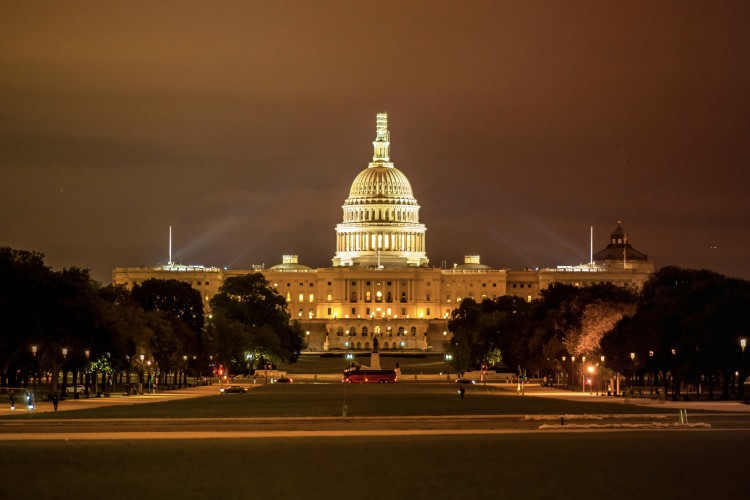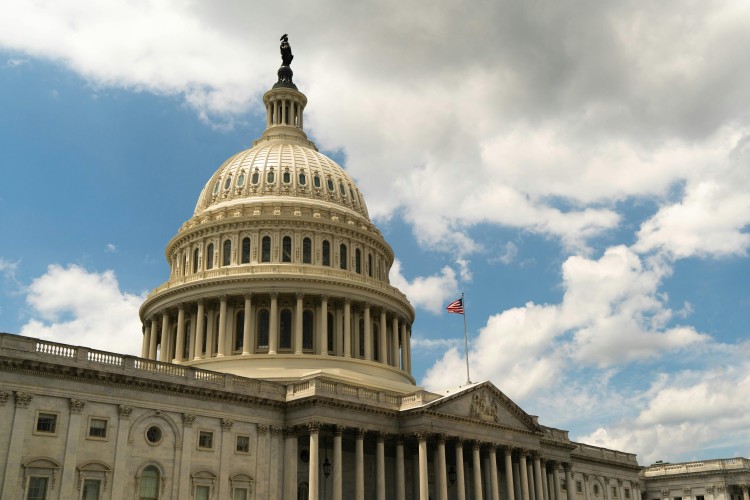Kids And The Law: Protection Vs. Autonomy
This guest post was written by Marsha Levick, Deputy Director and Chief Counsel of the Juvenile Law Center and a speaker at Connection 2014. Her presentation at Connection discussed how research on youth brain science has impacted several Supreme Court cases. You can watch a portion of her presentation here, or click here to watch the full presentation. Below, she gives an overview of the history of juvenile justice in the United States as it relates to protection and autonomy, giving context to the current court perspective on youth offenders.
At the close of the 19th century, in 1899, America witnessed the creation of the first juvenile court, in Cook County, Illinois. The establishment of a specific court for children charged with crimes is generally viewed as a progressive and reform-minded development, intended to relieve children of the harsh consequences of a criminal conviction, such as imprisonment with adults convicted of crimes and the stigma associated with a criminal conviction, in favor of custody in more benign settings and a focus on rehabilitation rather than punishment. For the most part, this new court was aimed at children under the age of 18.
By the 1920’s, roughly two decades later, almost every state in the nation had created a separate juvenile court for children. At its inception, the juvenile court was intended to be protective. While lacking the scientific vocabulary we routinely toss around today, the early reformers understood intuitively that there was a qualitative difference between juvenile and adult offending, and the justice system needed to reinvent itself to reflect and account for those differences. With punishment technically off the table, the traditional adversarial process seemed ill-suited to the new court. Due process was stripped down; proceedings were informal; interventions—including confinement-- were of indeterminate duration. Leaving formality behind often meant leaving witnesses and lawyers out. Proceedings were conducted behind closed doors to protect the confidentiality of children’s involvement with the court.
The curtains were lifted in the 1960’s, and we saw for the first time that juvenile court was in fact more Dickens than Disney. Children adjudicated delinquent for minor or even trivial conduct were being committed to state training schools for periods of years, often in cases where the adult sanction was a fine or imprisonment of no more than a month or two. These revelations led to a due process revolution in juvenile court, with the US Supreme Court extending to juveniles many of the constitutional safeguards available to criminal defendants – e.g., right to counsel, rights against self-incrimination, rights against double jeopardy, and right to proof beyond a reasonable doubt. After decades of proceeding with the bests interests of children as a focus, the juvenile justice system shifted toward a focus on guilt of wrongdoing before custody or control could be imposed. Protection yielded to rights.
Through the 20th century, the juvenile court was also extending its jurisdiction to cases involving children who were victims of abuse or neglect. The court also had jurisdiction over status offenders such as runaways and truants. In these cases, the focus was squarely on children’s best interests, with an avowed promise of protection to children most in need. Yet this was protection with a twist – at 18, these children at risk were dropped from the child welfare system, including children in foster care, to march toward adulthood entirely on their own without financial, social or emotional supports. Children on the child welfare side of juvenile court were thus forced into early maturity and self-reliance, while children adjudicated delinquent faced long periods of state custody or supervision, often extending to age 21.
The 1990’s ushered in yet another period of “reform,” sending huge numbers of children into the adult criminal justice system in the wake of alarming increases in violent crime across the country, primarily between 1987-1994. The slogan “adult time for adult crime” became a metaphor for state justice policy, declaring even extremely young children to be the equivalent of adults based solely on the nature of their offending: the more violent their crimes, the more adult-like was their presumed culpability. Far from protecting youth charged with crimes, states now competed with one another to ascribe adult decision-making to as many children as possible. The notion that children committing especially violent or serious crimes were autonomous and therefore criminally responsible substantially increased the population of children serving time in the adult criminal justice system.
But pendulums swing continuously, and more recently we have seen a retreat from this perception of childhood maturity, both for children charged with crimes as well as children in the foster care system. Recent US Supreme Court decisions, relying on increasingly settled research, have rejected the view of children as “miniature adults” and insisted that states recognize children’s developmental and neurological immaturity in meting out punishment. This has led the Court to strike the most severe sentences for children, such as the death penalty and life without parole in all cases except murder. While the Court has led the way in scaling back the treatment of children as adults in the justice system, Congress has actively promoted opportunities to keep foster youth in care beyond their eighteenth birthdays in recognition of the burdens placed on these youth as they tried – often unsuccessfully – to navigate the transition to adulthood on their own. The Fostering Connections to Success and Increasing Adoptions Act of 2008 led states, with the promise of federal dollars, to pass legislation to give older youth the financial and other supports necessary to pursue higher education and job as well as avoid homelessness. Autonomy yields to protection.


